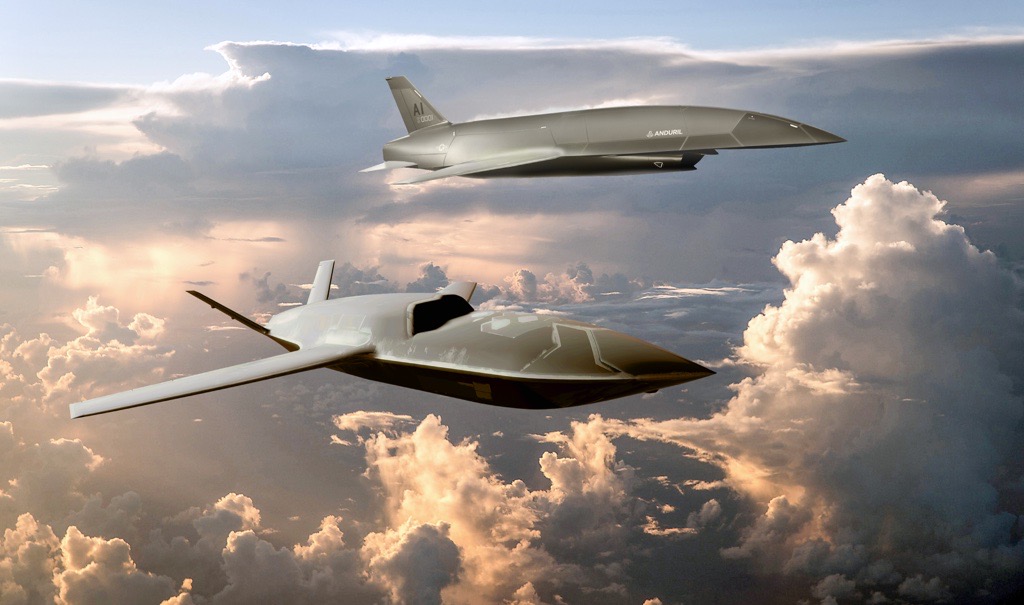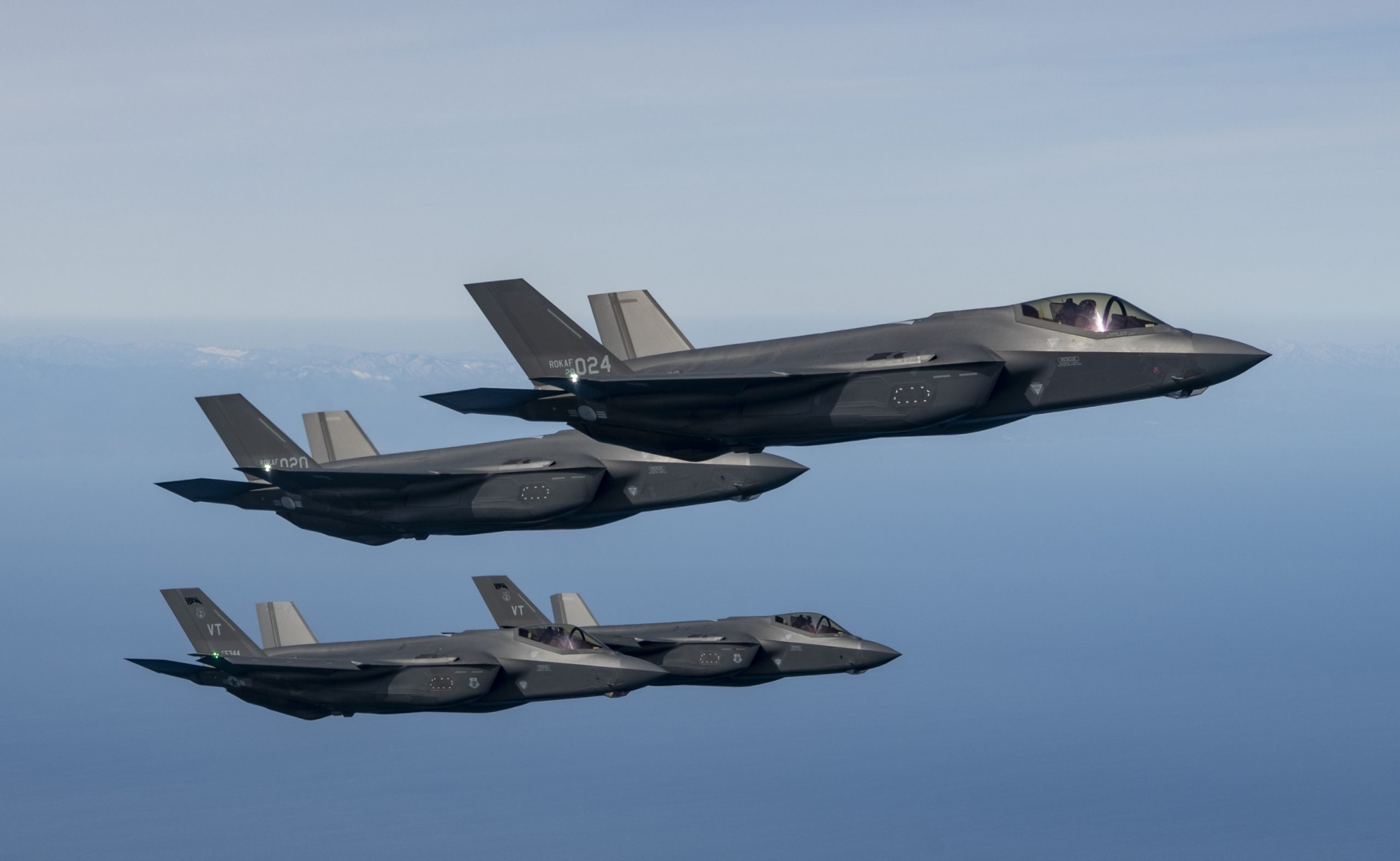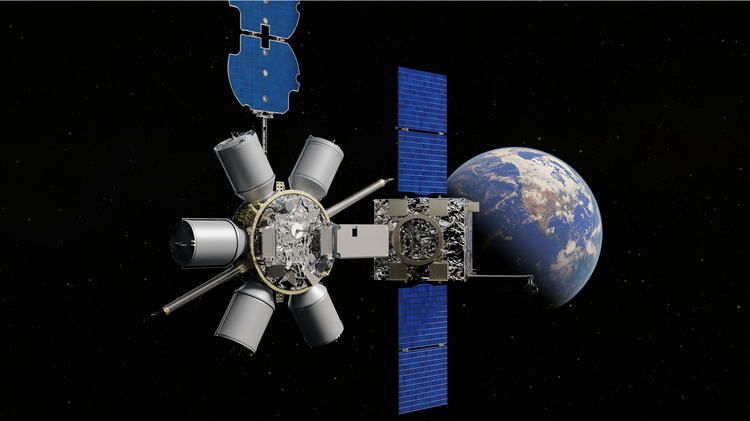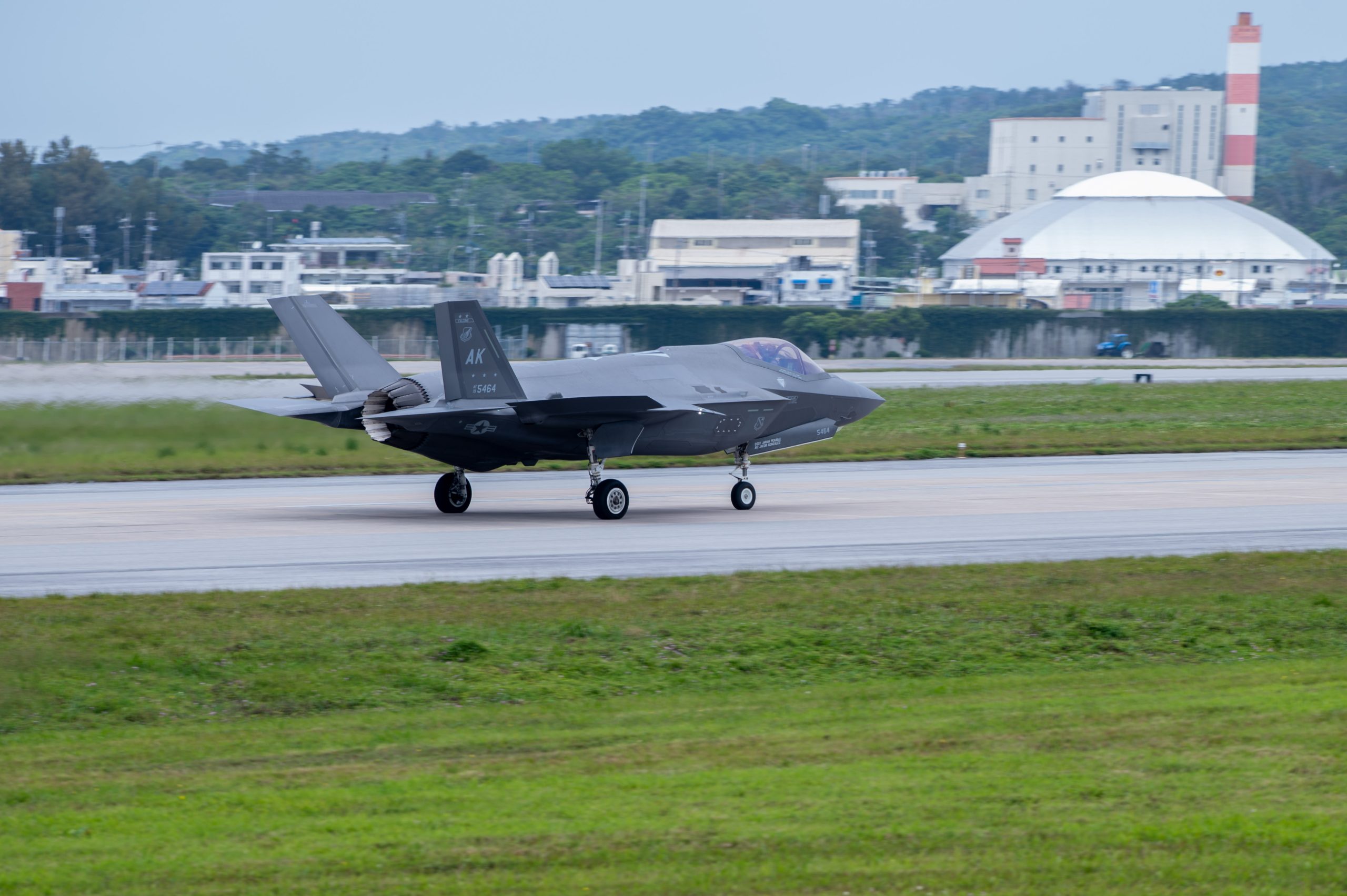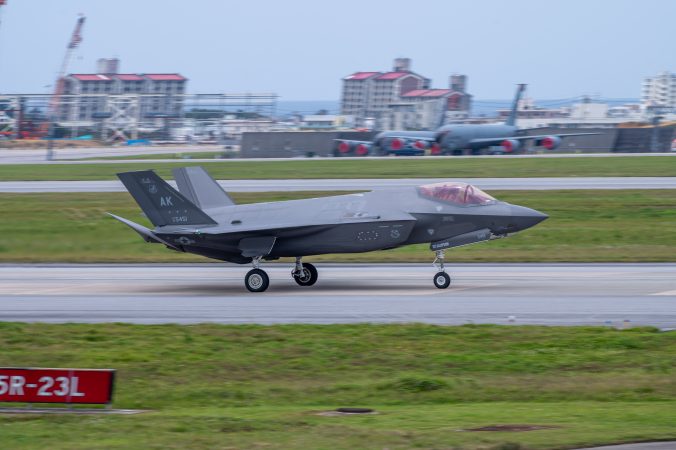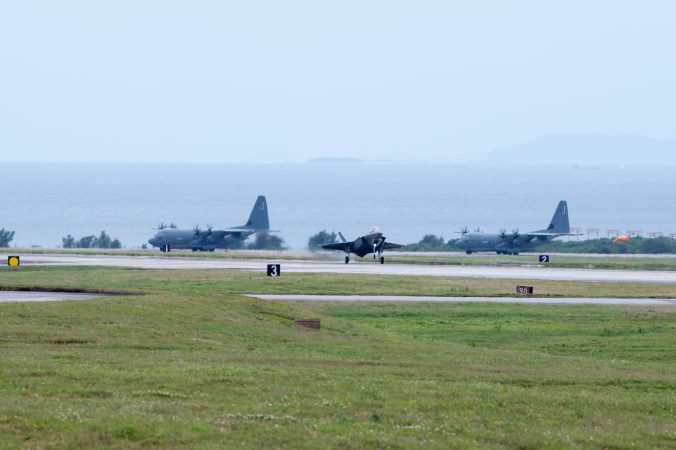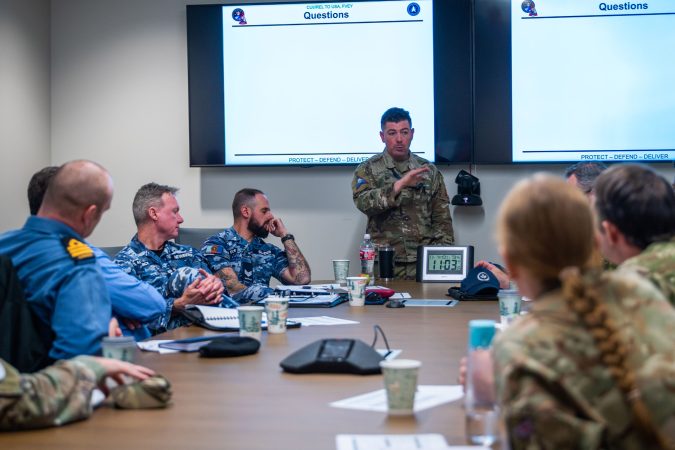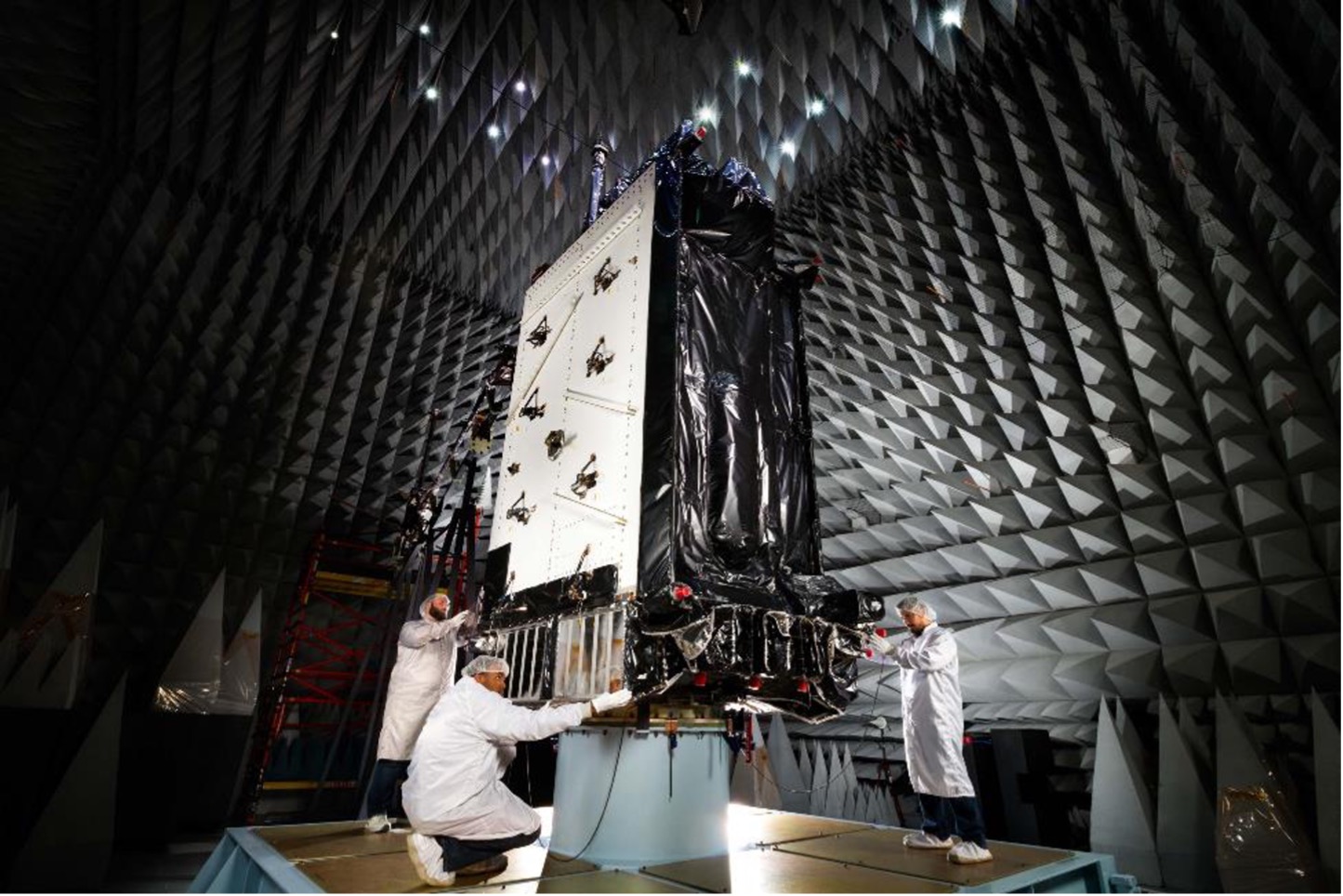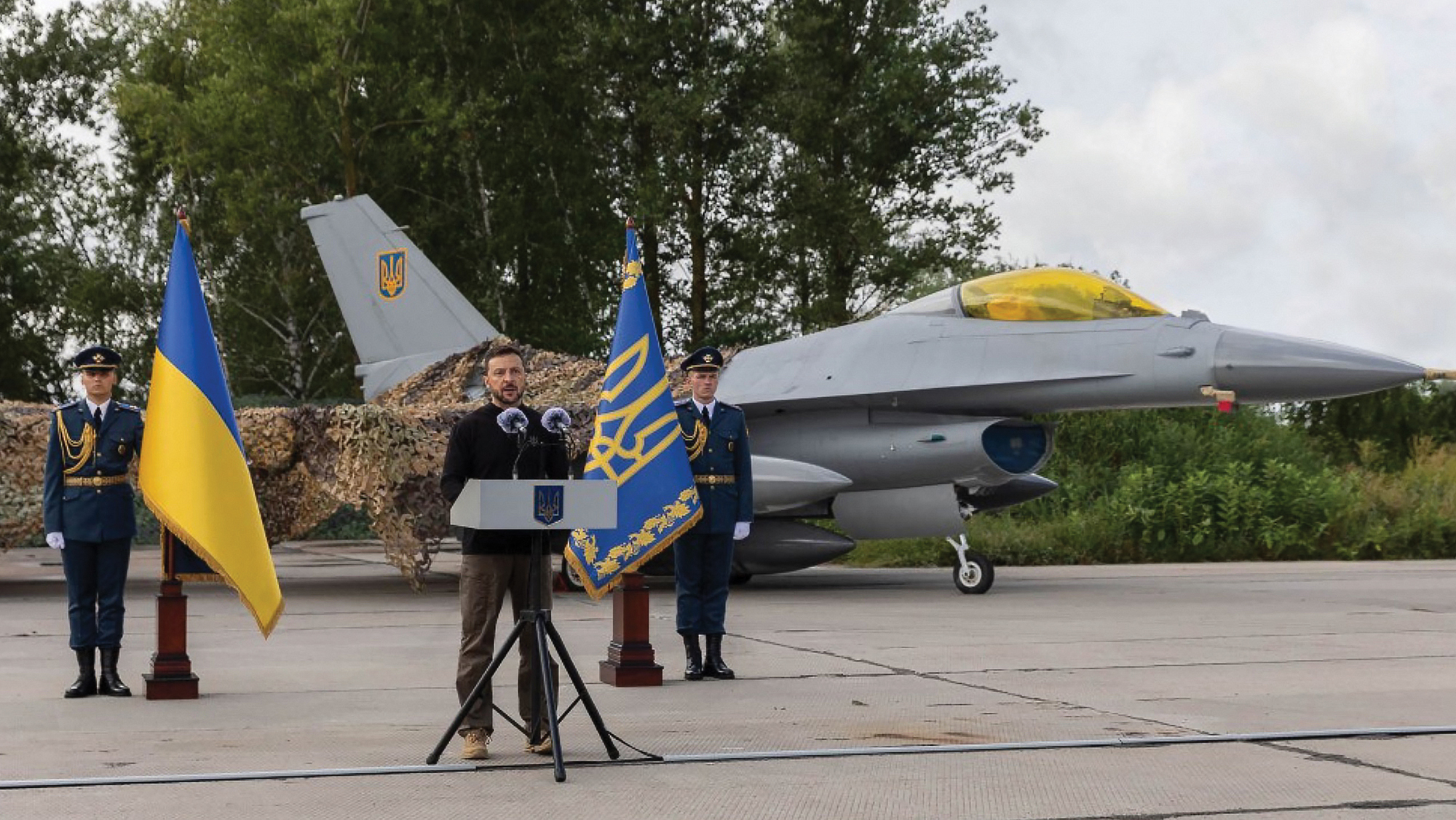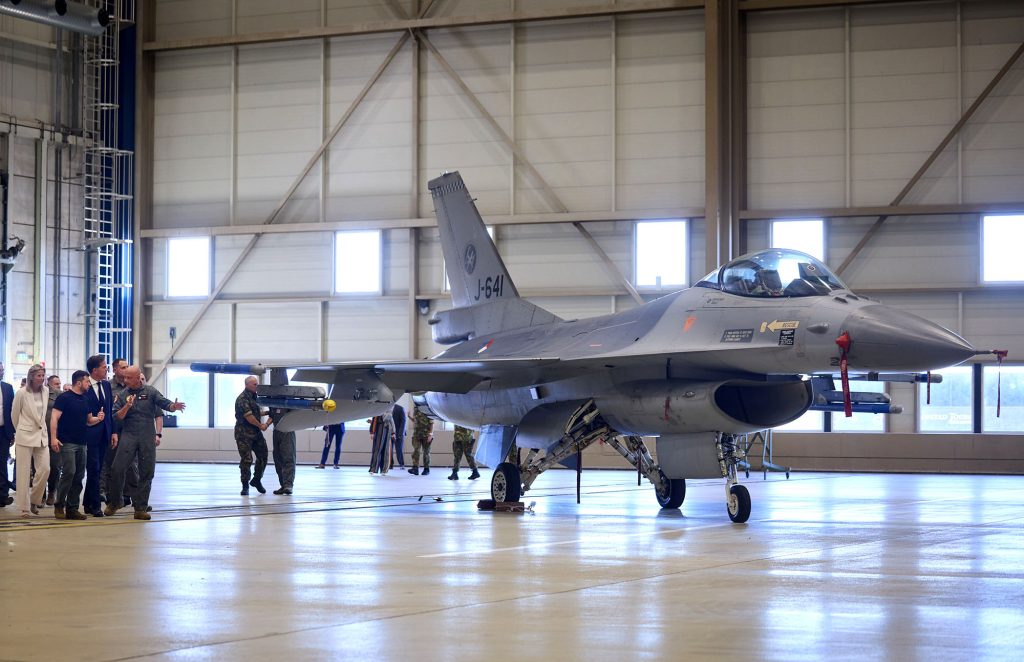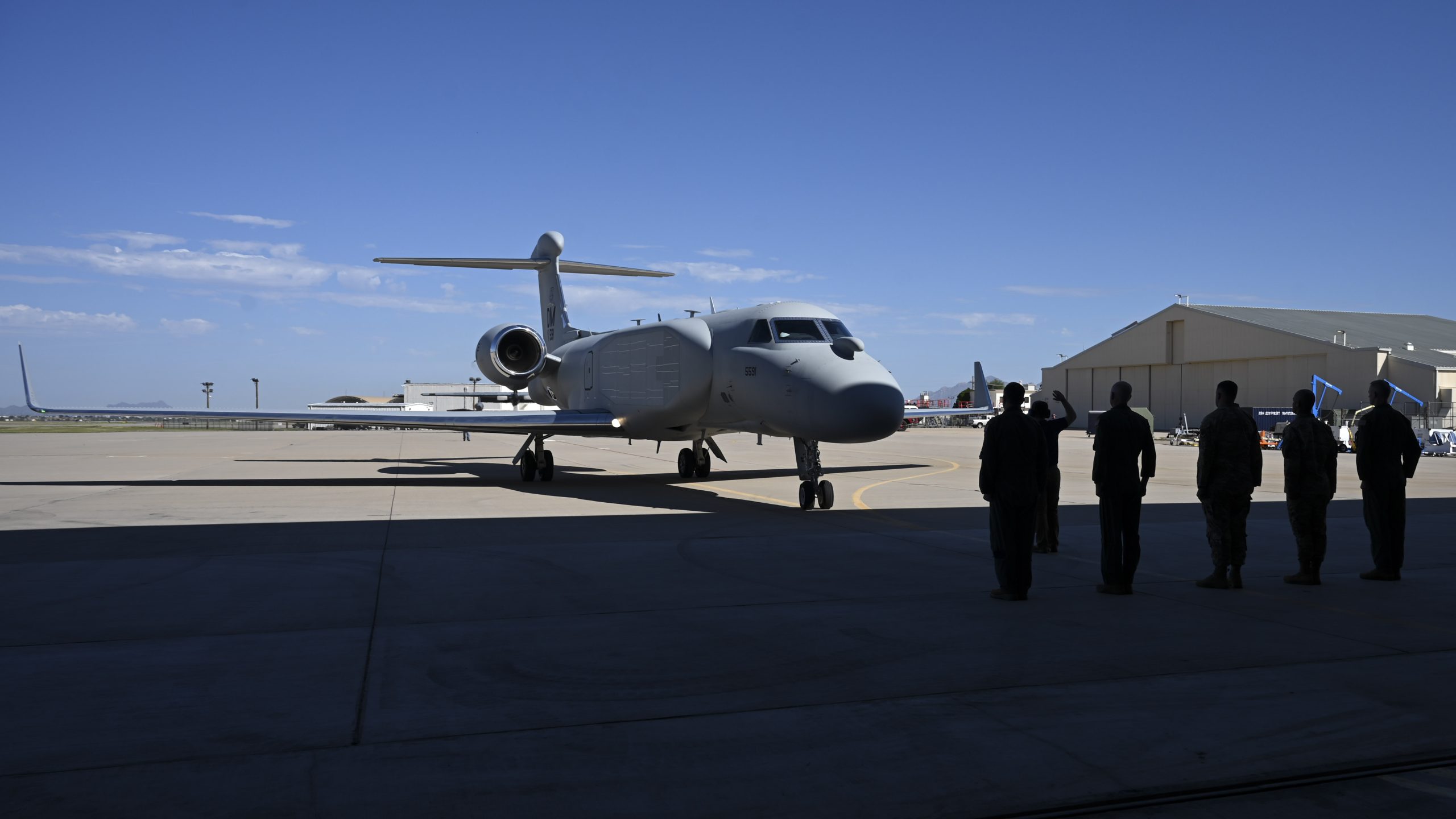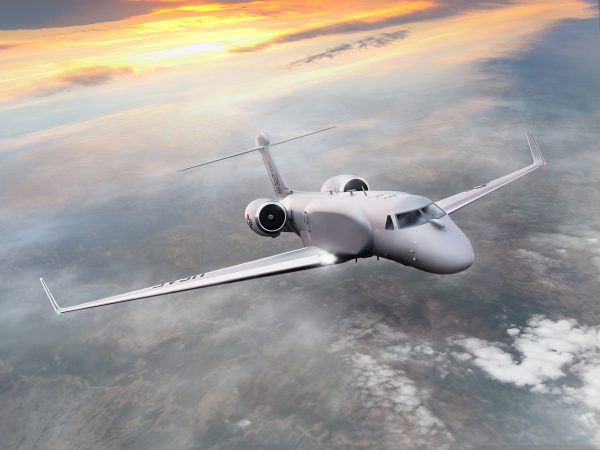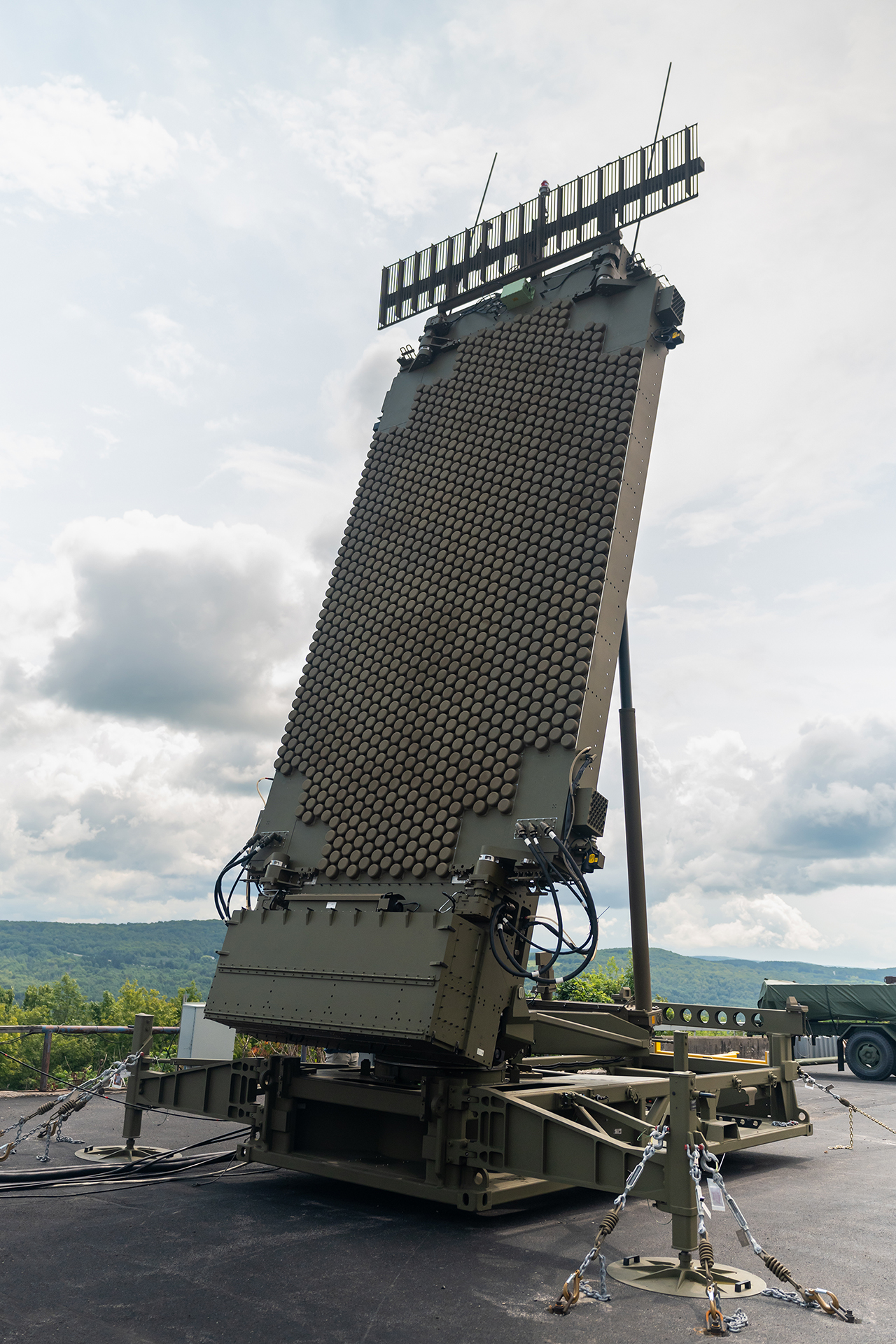NATIONAL HARBOR, Md.—While the U.S. Air Force plans to spend big and make Collaborative Combat Aircraft drones an essential part of its tactical fleet in the near future, the U.S. Navy is working to team manned and unmanned aircraft as well.
And while the two services are planning separate acquisition programs and efforts, senior Navy officials said April 8 at the Sea-Air-Space conference that they’re coordinating with their USAF counterparts and may even want to share the drones once they’re available.
The Navy’s future CCAs will not be the same platform as the Air Force’s but will have common standards like architecture, mission planning, control stations, said Rear Adm. Michael “Buzz” Donnelly, director of air warfare for the Navy. That will “allow us not only to be interoperable but have our platforms and our vehicles interchangeable,” Donnelly said, adding that the Navy is doing a lot of work on the CCAs that is out of the public sphere.
For now, the centerpiece of the Navy’s efforts is its new unmanned tanker. Officials said they hope lessons learned from the challenges of operating that drone, the MQ-25, on aircraft carriers will ease future headaches when it shifts to combat drones to team with its fighters.
The Air Force has been working on semi-autonomous CCA drones to pair with fighters for more than a year and a half now, to the point that it has unveiled two full models and designations for them—General Atomics’ YFQ-42 and Anduril Industries YFQ-44.
CCAs will serve as drone wingmen for the Air Force’s F-35 and new F-47 Next-Generation Air Dominance manned fighter.
The Navy, meanwhile is poised to announce the winner of its own sixth-generation F/A-XX fighter but is relying on the Air Force to prove out the teaming of manned fighters with CCAs before introducing them to the harsh conditions of carrier operations.
“We want to understand the basics the Air Force is introducing, and then we can make that shipboard-capable,” Donnelly told Air & Space Force Magazine following a panel discussion on modernizing the future of naval aviation.
“The Navy is moving out, but we are doing it very smartly so it’s informed by the developments of the other services,” he said.
Donnelly said the Navy is in a “tri-service agreement with both the Air Force and the Marine Corps in the development of CCAs. … We are working on different aspects of the CCA that are not directly related to the air vehicle.”
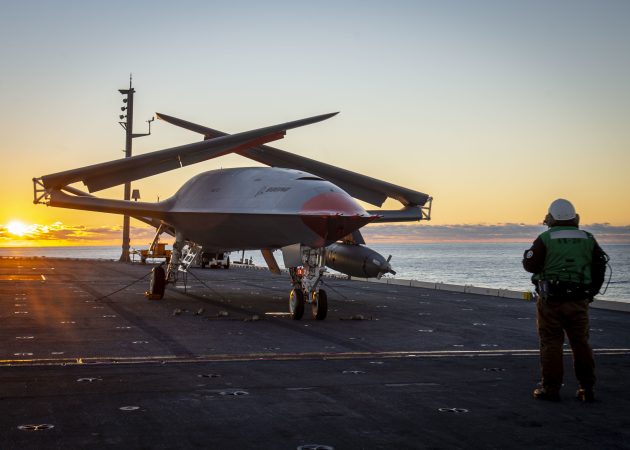
During the panel, Navy and industry officials discussed how the service will use the new MQ-25 Stingray, scheduled to make its first flight in 2025, as a pathway for introducing drone aircraft to carrier operations.
Boeing won an $804 million Navy contract in 2018 to develop the MQ-25, an unmanned tanker capable of transferring 14,000 pounds of fuel to aircraft like the F/A-18 Super Hornet and the F-35 at a distance of 500 miles from a carrier in highly contested airspace.
“When we fly this aircraft later this year, it will be the safest unmanned aircraft that we have ever produced,” Boeing’s Dan Gillian said.
Commander of Naval Air Force Atlantic Rear Adm. Doug “V8” Verissimo said the Navy needs to get the MQ-25 “into the hands of Sailors and start incorporating it into the system … adapt and overcome challenges along the way, and I guarantee those opportunities are going to be bright and shining lights that give us future capabilities, both with the MQ-25 and other manned-unmanned teaming.”
Donnelly said the MQ-25 is going to establish a baseline standard that is going to be relevant for all of the Navy’s future unmanned aircraft.
“As we develop future Collaborative Combat Aircraft with the Marine Corps and the Air Force, the MQ-25 is going to provide that forward pathway for our operating environment, which is different from operating on a 6,000- or a 10,000-foot runway,” Donnelly said.
Introducing the new drone tanker to carrier operations will be the first challenge, Donnelly said after the panel.
“All of the flying on and off the aircraft carrier from a basic standpoint is fuel-critical,” Donnelly said. “When we come back and land, we do it with a very fuel-constrained environment that is unpredictable in terms of sea-state and weather, so it’s a very tight sequence of a ballet to get the aircraft on the aircraft carrier in a very finite timeline and a very tight sequence of events. And integrating unmanned systems into that is something very different.”
To Donnelly, mastering carrier operations will likely be much more complex for the MQ-25 than the combat missions it is designed to fly.
“That is going to be a lot of essential learning, and it is going to allow us to proceed very rapidly in what we are learning from the partnership with the Air Force and what they will be demonstrating very shortly,” Donnelly said.
